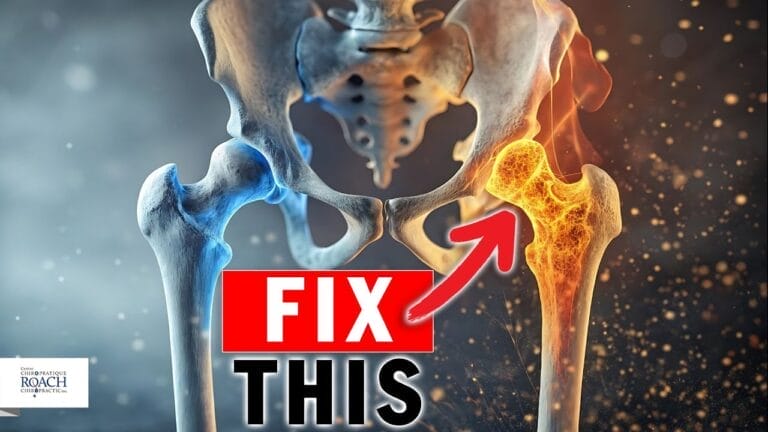Most Painful Headache Type
Headaches can range from mild discomfort to debilitating pain, affecting daily life and overall well-being. Among the various types, cluster headaches are often considered the most painful. These excruciating headaches occur in cyclical patterns and can last for weeks or months. Chiropractic care offers a natural, non-invasive approach to managing cluster headaches, addressing underlying spinal misalignments and nervous system dysfunctions. This blog post explores the causes, symptoms, chiropractic solutions, and proactive management strategies for cluster headaches.

Understanding Cluster Headaches
Cluster headaches are characterized by intense, burning pain on one side of the head, often around the eye. They occur in clusters, meaning multiple attacks happen over a period, followed by remission. The exact cause is not fully understood, but research suggests involvement of the hypothalamus, which regulates circadian rhythms.
Identifying Symptoms
Individuals suffering from cluster headaches may experience:
- Severe, stabbing pain around one eye or temple
- Redness and tearing in the affected eye
- Nasal congestion or runny nose
- Restlessness or agitation
- Sensitivity to light and sound
- Short but frequent headache episodes lasting 15 minutes to 3 hours
Chiropractic Care for Cluster Headaches
Chiropractic care focuses on spinal health and nervous system function, offering relief through:
- Spinal adjustments to improve alignment and reduce nerve irritation
- Cervical spine therapy to address tension and misalignment
- Postural corrections to prevent strain on the nervous system
- Soft tissue therapy to relieve muscle tension contributing to headaches
Step-by-Step Guide to Managing Cluster Headaches
- Consult a Chiropractor – A thorough assessment determines spinal misalignments.
- Follow a Customized Treatment Plan – Chiropractic adjustments and therapies tailored to individual needs.
- Incorporate Relaxation Techniques – Stress management reduces headache frequency.
- Maintain Proper Posture – Ergonomic adjustments prevent spinal strain.
- Commit to Ongoing Care – Regular chiropractic visits ensure long-term relief.
Short and Long-Term Benefits of Chiropractic Care
- Short-Term Benefits:
- Immediate pain relief
- Reduced headache frequency
- Improved nervous system function
- Long-Term Benefits:
- Prevention of recurring headaches
- Enhanced spinal health
- Increased overall well-being
Best Practices & Routines
- Daily stretching to maintain flexibility
- Stress management techniques to reduce triggers
- Proper ergonomics at work and home
- Regular chiropractic visits for maintenance
Exercises & Stretches
- Neck stretches to relieve tension
- Shoulder rolls to improve posture
- Deep breathing exercises for relaxation
- Upper back stretches to reduce strain
Most Painful Headache Type Quote
“Cluster headaches can be debilitating, but chiropractic care offers a natural solution to restore balance and alleviate pain.”
Importance of Consistent Chiropractic Care
Regular chiropractic care helps prevent worsening symptoms, improves spinal alignment, and enhances overall mobility. By addressing the root cause of cluster headaches, chiropractic adjustments provide long-term relief without the need for medication.
Take Control of Your Health
Cluster headaches don’t have to control your life. Chiropractic care offers a safe, effective, and non-invasive solution to managing symptoms and improving spinal health. Contact Roach Chiropractic today to schedule an appointment and take the first step toward lasting relief.
SHARE THIS





